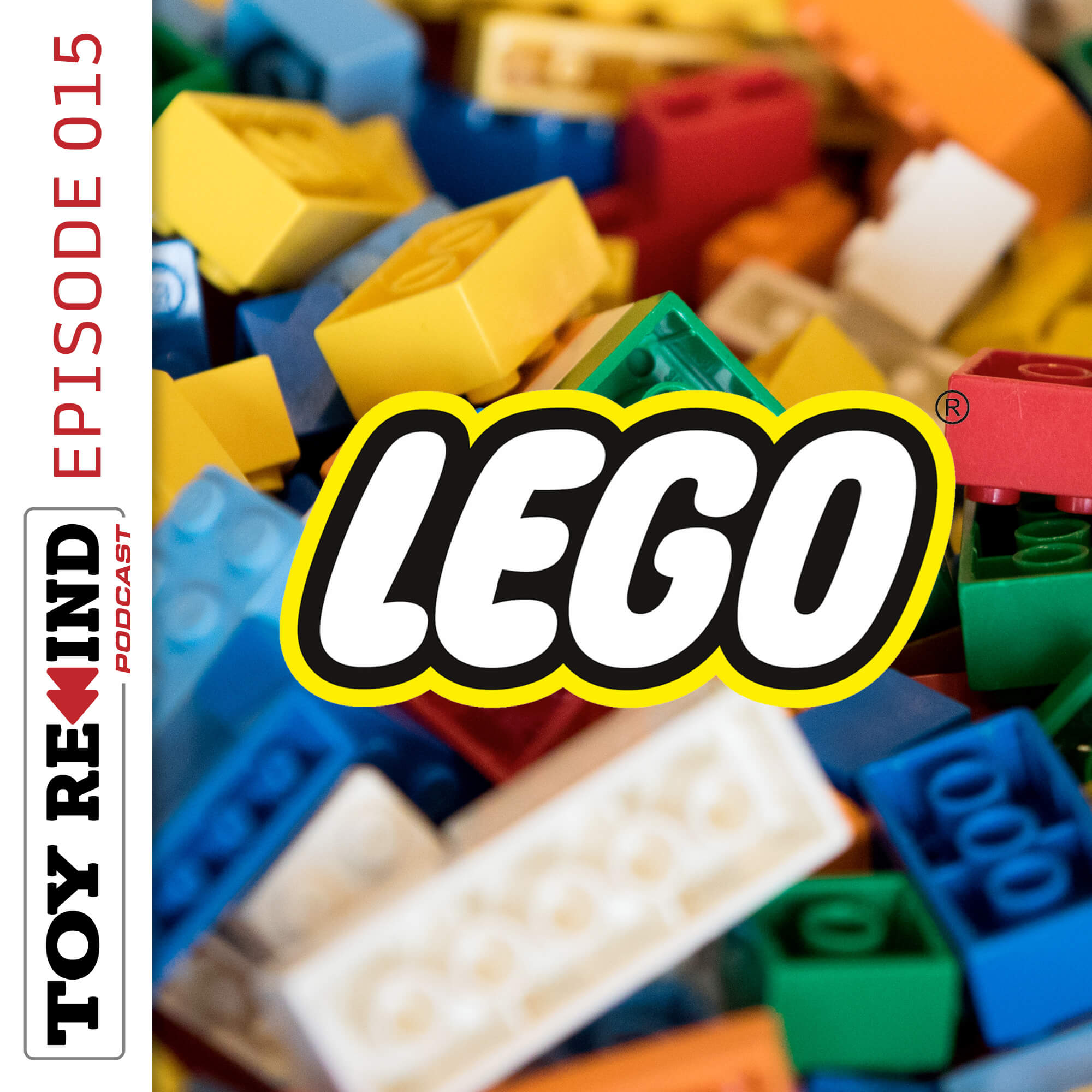LEGO Bricks: Building a Legacy
Few toys have captured the imagination of children and adults alike quite like LEGO bricks. With their simple yet ingenious design, LEGO bricks have become a global phenomenon, inspiring creativity, engineering prowess, and a sense of wonder. But behind this beloved toy lies a rich history of innovation and perseverance. Let’s explore the origins and evolution of LEGO bricks, tracing their journey from humble beginnings to a symbol of imaginative play.
The Birth of LEGO
The story of LEGO begins in Denmark in the early 20th century. In 1932, Ole Kirk Christiansen, a carpenter and toy maker, founded a small company in Billund, Denmark. Initially, Christiansen's company focused on producing wooden toys, but he had a vision for creating something more innovative. In 1934, the company adopted the name LEGO, derived from the Danish words “leg godt,” meaning “play well.”
In 1949, LEGO’s fortunes changed dramatically with the introduction of the first plastic interlocking bricks. These early bricks, known as “Automatic Binding Bricks,” were inspired by a British patent for a similar toy system. The design, however, was not yet perfected, and the bricks lacked the interlocking mechanism that would later define LEGO.
The Evolution of the LEGO Brick
The true breakthrough for LEGO came in 1958, thanks to the innovation of Ole Kirk Christiansen's son, Godtfred Kirk Christiansen. He made a pivotal change to the design by introducing the “stud-and-tube” coupling system. This new system allowed the bricks to snap together firmly and stay connected, a feature that revolutionized the toy and made it far superior to its predecessors.
This new design, which we recognize today as the classic LEGO brick, was patented on January 28, 1958. The bricks featured a unique interlocking mechanism that allowed for greater stability and versatility in building structures. This innovation was crucial in transforming LEGO from a simple toy into a medium for complex and creative construction.
Expanding the LEGO World
With the success of the new brick design, LEGO began to expand its product line and reach a broader audience. In the 1960s and 1970s, the company introduced various themes and sets, including the LEGO Train and LEGO Town, which allowed children to build and play in imaginative worlds.
The 1980s saw the introduction of LEGO minifigures, tiny, articulated figures that added a new dimension to LEGO play. The minifigures became an integral part of the LEGO experience, representing a diverse range of characters and professions. This addition allowed children to create detailed stories and scenarios within their LEGO worlds.
In the 1990s and 2000s, LEGO continued to innovate with the introduction of various themed sets, such as LEGO Star Wars, LEGO Harry Potter, and LEGO Technic. These themes catered to different interests and age groups, expanding the appeal of LEGO bricks and encouraging more sophisticated and creative building projects.
The LEGO Philosophy
At its core, LEGO is more than just a toy; it embodies a philosophy of learning through play. The company’s motto, “Only the best is good enough,” reflects its commitment to quality and educational value. LEGO bricks encourage children to develop problem-solving skills, spatial awareness, and creativity. The open-ended nature of LEGO play allows builders of all ages to imagine, create, and explore.
The LEGO Legacy
Today, LEGO is a global brand with a diverse range of products, including video games, movies, and theme parks. The LEGO Group continues to innovate with new themes and technologies, including the LEGO Mindstorms robotics kits and the LEGO Ideas platform, which allows fans to submit and vote on new set designs.
The company has also embraced sustainability, with initiatives aimed at using more eco-friendly materials and reducing environmental impact. LEGO’s commitment to social responsibility and creativity continues to shape its legacy.
The history of LEGO bricks is a testament to the power of innovation and imagination. From its humble beginnings as a small Danish toy company to its status as a global icon, LEGO has transformed the way we play and build. The simple, yet ingenious design of the LEGO brick has inspired countless creative endeavors, bringing joy and learning to generations of children and adults.
As LEGO continues to evolve and inspire, it remains a symbol of the limitless possibilities of play. Whether you’re building a sprawling cityscape or a small, intricate model, LEGO bricks offer a world of creativity and exploration. The legacy of LEGO is one of imagination, innovation, and the joy of creating something from nothing—one brick at a time.

